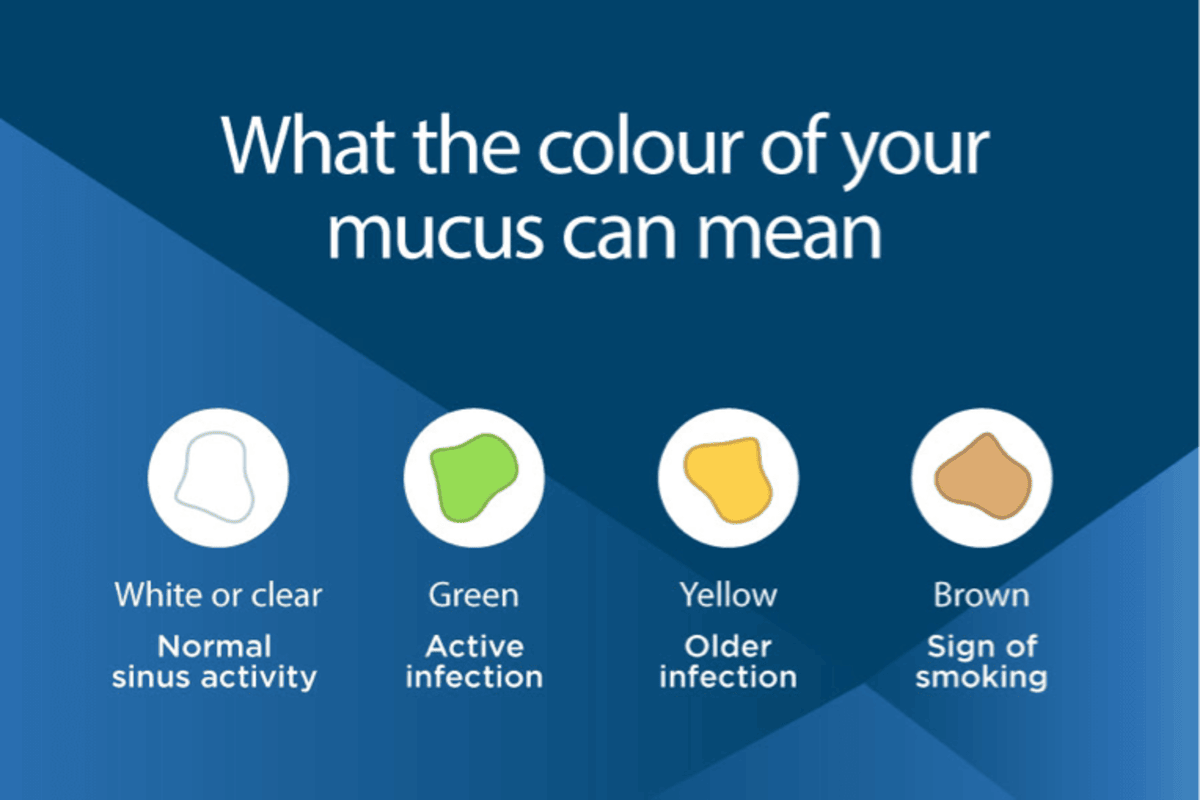What Your Nose Is Trying to Tell You
Most people don’t think twice about what comes out of their nose — until something changes. Whether it’s clear mucus during a cold or yellow mucus after a few days of congestion, the color and texture of nasal discharge can reveal a lot about what’s happening inside your body. Your mucus is more than just an annoyance; it’s your immune system’s frontline defense. Understanding the difference between clear and yellow mucus can help you know when it’s time to rest, hydrate, or see a doctor.
The Purpose of Mucus
Mucus is your body’s natural filter. It traps dust, bacteria, and allergens, keeping them from entering your lungs. Normally, it’s thin, clear, and barely noticeable — constantly being produced to keep your nasal passages moist and healthy.
However, when germs, allergens, or irritants enter your system, your body changes how it produces mucus. This shift in color or consistency can help identify whether it’s a mild reaction or a sign of infection.
What Clear Mucus Means
Clear mucus is the sign of a healthy, functioning respiratory system. It’s mostly water, salts, and protective proteins. You’ll usually notice more of it when:
- You’re exposed to cold or dry air.
- You have allergies (like pollen or dust).
- You’re just starting a common cold.
- You’ve been crying (since tears drain into nasal passages).
If your mucus is clear and watery, it usually means your body is flushing out irritants — nothing serious. However, persistent runny clear mucus could suggest seasonal allergies or mild sinus irritation.
What Yellow Mucus Indicates
When mucus turns yellow, it’s a sign your body is fighting an infection. The color comes from white blood cells — your body’s defenders — rushing to the infection site. After they’ve done their job, they break down and give mucus that yellowish tint.
You may notice yellow mucus during:
- The middle or late stages of a common cold.
- A sinus infection (sinusitis).
- A mild bacterial infection after a viral illness.
Yellow mucus isn’t always a reason to panic. It simply means your immune system is active. But if it’s thick, lasts longer than 10 days, or comes with fever, pressure, or pain, it may be time to consult a doctor.
Sometimes people also describe seeing yellow liquid dripping from nose, which can indicate excessive nasal discharge due to infection or sinus drainage. In rare cases, if the fluid is watery and persistent (especially after head injury), it could point to something more serious — and should be checked by a healthcare professional immediately.
When Mucus Becomes a Warning Sign
It’s important to know when nasal discharge goes from normal to concerning. You should seek medical attention if you experience:
- Mucus that turns green or dark yellow and lasts over 10 days.
- Facial pain, especially around the eyes or forehead.
- A foul smell or taste in the mouth.
- Fever or fatigue alongside nasal congestion.
- Bloody or watery discharge that doesn’t improve.
These could signal a bacterial infection, sinus blockage, or (rarely) a cerebrospinal fluid leak.
Tips to Keep Your Sinuses Healthy
Whether your mucus is clear or yellow, proper care can help your sinuses recover and stay healthy:
- Stay hydrated – Water helps thin mucus for easier drainage.
- Use a humidifier – Moist air prevents dryness in nasal passages.
- Try saline rinses – Helps flush out irritants and excess mucus.
- Rest and manage stress – A strong immune system fights infections faster.
- Avoid irritants – Cigarette smoke, strong scents, and pollutants can worsen symptoms.
The Bottom Line
Your mucus is a simple but powerful indicator of your health. Clear mucus usually means your body is in balance, while yellow mucus shows your immune system is hard at work fighting something off. Paying attention to these subtle signs can help you take the right steps early — before minor congestion turns into a bigger problem.

